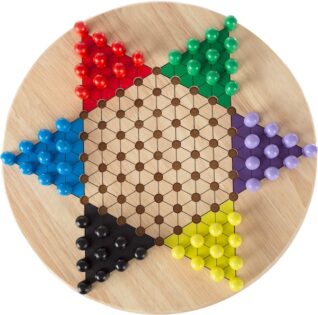 Go on … think of a poetry short form you know. Probably, the first one that comes to mind is the haiku, or maybe, the limerick. I bet that’s what would come to mind for most folks. Or, if you’re familiar with Japanese forms you might also think of the tanka, or haibun. For many American writers that’s about the extent of our short form poetry knowledge. But there’s a vast world of short forms from almost every continent. (Probably, not Antarctica.)
Go on … think of a poetry short form you know. Probably, the first one that comes to mind is the haiku, or maybe, the limerick. I bet that’s what would come to mind for most folks. Or, if you’re familiar with Japanese forms you might also think of the tanka, or haibun. For many American writers that’s about the extent of our short form poetry knowledge. But there’s a vast world of short forms from almost every continent. (Probably, not Antarctica.)
I’ve been investigating short forms from around the world and recently led a workshop on three fun forms: the tetractys from Greece, the pensee from France, and the chastushka from Russia. I think we enjoyed ourselves and several writers came out of it with material they could build upon. So, let’s try one!
Tetractys
For this posting we’ll start with the tetractys from Greece. (Pronounced te-tráct-tees. Emphasis on the middle syllable. From the tetrad triangle, like you might see around the circumference of a Chinese Checkerboard.) It’s a simple form that lends itself to a beautiful layout on the page. As in many short forms, it is a syllabic poem—meaning, one must count the syllables. It’s 5 lines, non-metrical. May rhyme, or not. Here is the format:
1st line: 1 syllable
2nd line: 2 syllables
3rd line: 3 syllables
4th line: 4 syllables
5th line: 10 syllables
You can stick with a single 5-line poem, and that’s fine. Such as this one by yours truly.
BE HERE
breathe
in—out
delighting
our mingled lives
in this, the fragile story of our time
But if you want to write a series of tetractys stanzas there are numerous ways that the layout on the page can enhance your poem depending upon how you justify the lines. For example, stanzas could be in a jagged pattern all left justified. The pointiness of that layout lends itself to poems of a rocky/sharp nature. Or if centered, a more flowing feel. (Sample layouts for the single tetractys is here.)
Double tetractys
There is another way to play with this form—that is to double it and reverse the 2nd stanza. So, the syllables would be: 1, 2, 3, 4, 10 then 10, 4, 3, 2, 1. Here’s a sample poem of mine that’s a double tetractys.
MISSED AGAIN
Slip
of cat—
shadowed, sleek.
Where do you go
when you flow from the house into the night?
Shh. Follow the hunter whose appetite
grows, until … No!
Wrong technique—
not that.
Slip!
An added challenge is to begin with a homonym, or homophone, for that single syllable at the beginning and end of a double tetractys, as I did above. Also, I used some internal rhyme, and end-rhymed each line in reverse. Want a really tough challenge? What about trying a double tetractys that’s a palindrome, so the 2nd stanza reads backwards from the first. (And still makes some kind of sense. Yikes! I’m not up to that! Let me know if you succeed.)
Finally, there are some lovely layouts on the page for the double version as well. (Double layouts here.)
I hope you can realize that there is a lot of fun to be had with this form. So, give it a try! And play with the various layouts on the page. White space can make a difference to the experience of the reader. Let us know how it goes.
Resources:
- Shutta’s resources page: www.shutta.com/resources
- Preminger, Brogran The New Princeton Encyclopedia of Poetry & Poetics
- Poets Collective “Poetry Forms,” Poet’s Collective Multisite Network
- Skelton, Robin Shapes of our Singing: A Comprehensive Guide to Verse Forms and Metres from Around the World
- Turco, Lewis Putnam The Book of Forms. The Book of Forms: A Handbook of Poetics, Including Odd and Invented Forms, Revised and Expanded Edition
- Writer’s Digest List of 168 Poetic Forms for Poets

Niki Kantzios
Ooh, fun! Thanks for the idea!
Paul Petruzzi
I enjoyed reading the Poetry Short Forms blog and plan to experiment with tetractys; I look forward to future installments. Thanks!
Paul Anthony Petruzzi.